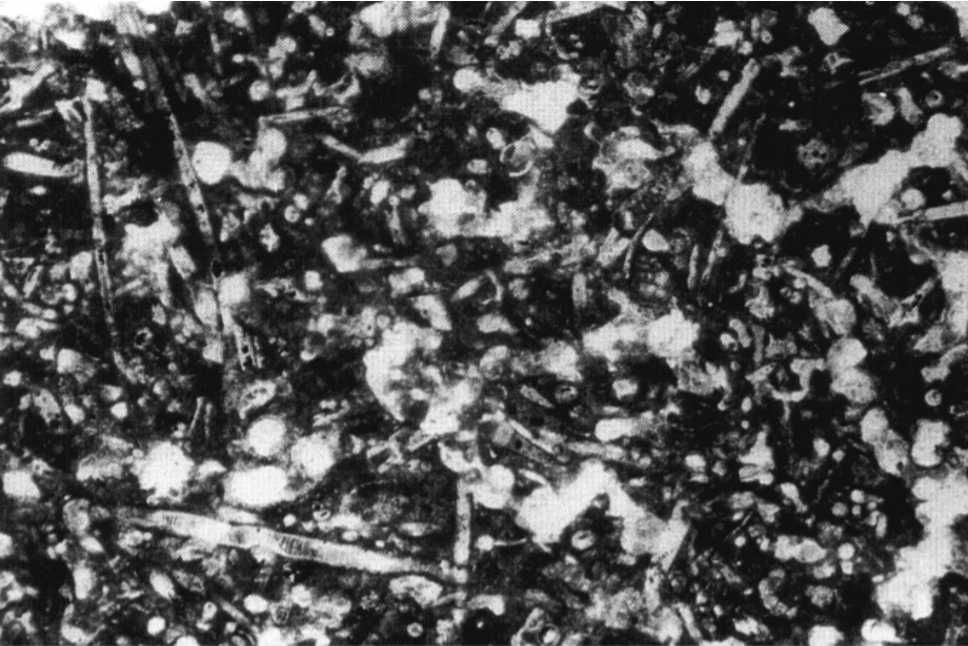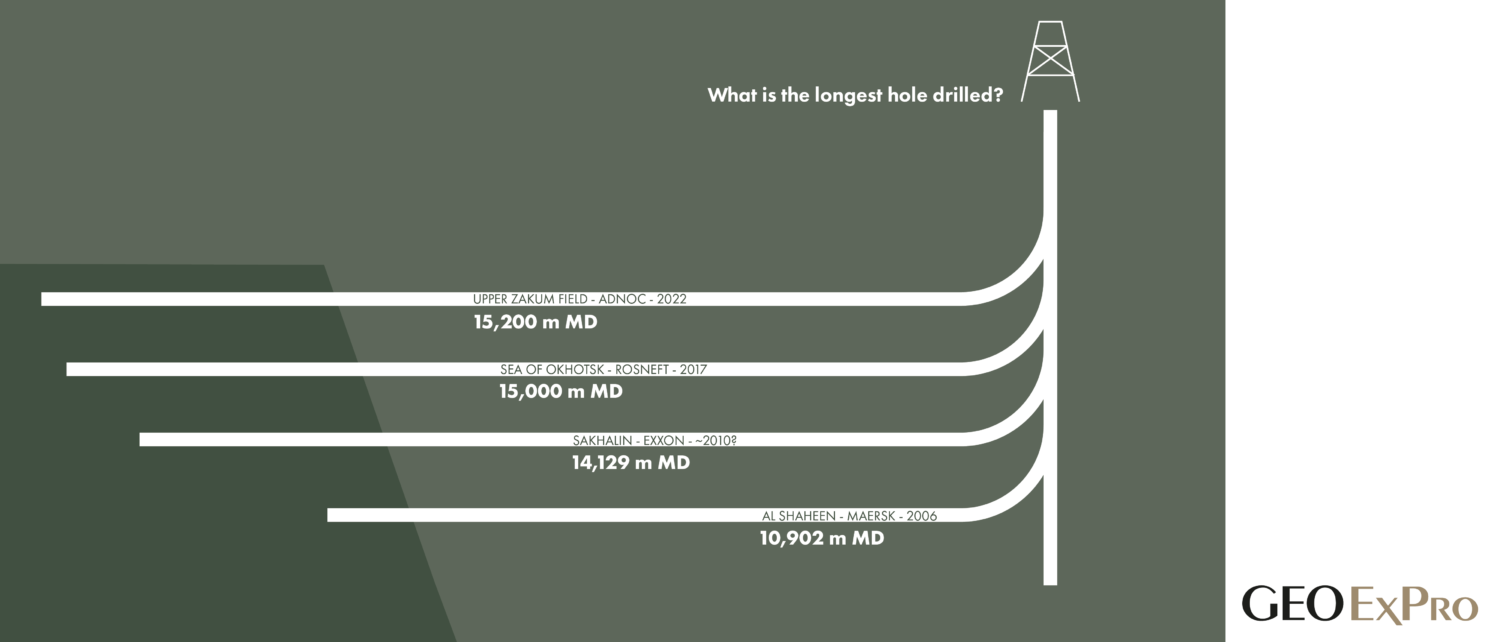As the Ekofisk field celebrates its 50th production anniversary today, the vast amount data acquired throughout the years can be used to infer a variety of interesting trends, even when it is clear that smaller subsets of the data are of no significant use.

Compaction
It is well known that the Upper Cretaceous Chalk reservoir of Ekofisk is compacting due to oil production, even though water injection should at least partly slow this trend. In total, the seabed has subsided by an approximate 10 m over 50 years.
We had a look whether this observation can be backed up by water depths recorded by development wells drilled over the years. Easily downloadable through the NPD Factpages website, a look at the spreadsheet of a total number of 421 development wells drilled in Ekofisk up to today shows a range of water depths from 68m to a maximum of 80.2m.
In an attempt to distil a trend of increasing water depth versus the year a development well was drilled, we plotted the well entry date along the X-axis and water depth on the y-axis. Fitting a linear trendline through this dataset does show an increase in water depth over time from about 70 m at the start of production to around 78 m at the present day, thereby confirming that records of water depths can be used to form an idea on seabed subsidence.

A rapidly deflating balloon
Based on the data, the annual rate of seabed subsidence is around 16.7 cm/year, which is very rapid when compared to “geological burial rates”. For instance, the Carboniferous foreland basin in the Southern North Sea experienced very high subsidence rates of around ~0.10 cm/year (decompacted thickness). In that sense, the rate of subsidence due to oil production really compares to deflating a balloon quickly!
Individual production unit data not suitable
What also can be deducted from the data is that there are many data points nicely plotting on a horizontal trend, suggesting that water depth is actually static over the years. How to interpret this?
When differentiating the data according to production facility, some more inferences can be made. For instance, when looking at the water depth data for production facility Ekofisk C, the water depth is constant over time, from 1974 to 1994. This clearly suggests that the water depth was recorded at the time of drilling the first development well, but subsequently copied and pasted for all subsequent drilling reports.
Jack-ups
The same patterns can be seen for more production facilities, with Ekofisk B being one of the exceptions where the trendline does show a trend of increasing depths. Part of the explanation is that later wells drilled for this facility were drilled by jack-ups rather than from the fixed jacket, leading to a newly established water depths each time the jack-up arrived.
In conclusion, due to the amount of data – especially the variation in start-up time of different production facilities – a water depth trend can be reasonably extracted for the Ekofisk field, even though it is clear that data from one production facility alone would not be an accurate measure at all.
HENK KOMBRINK




